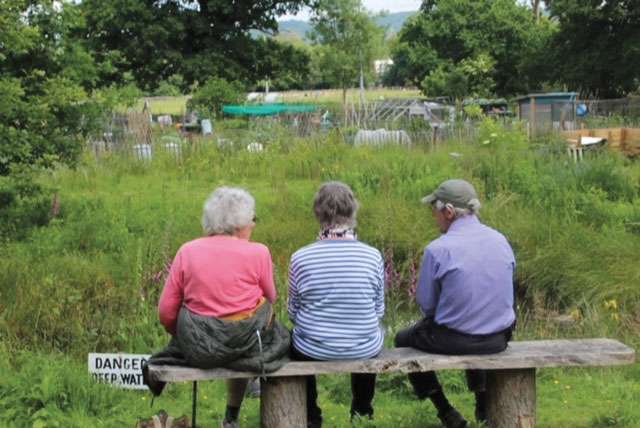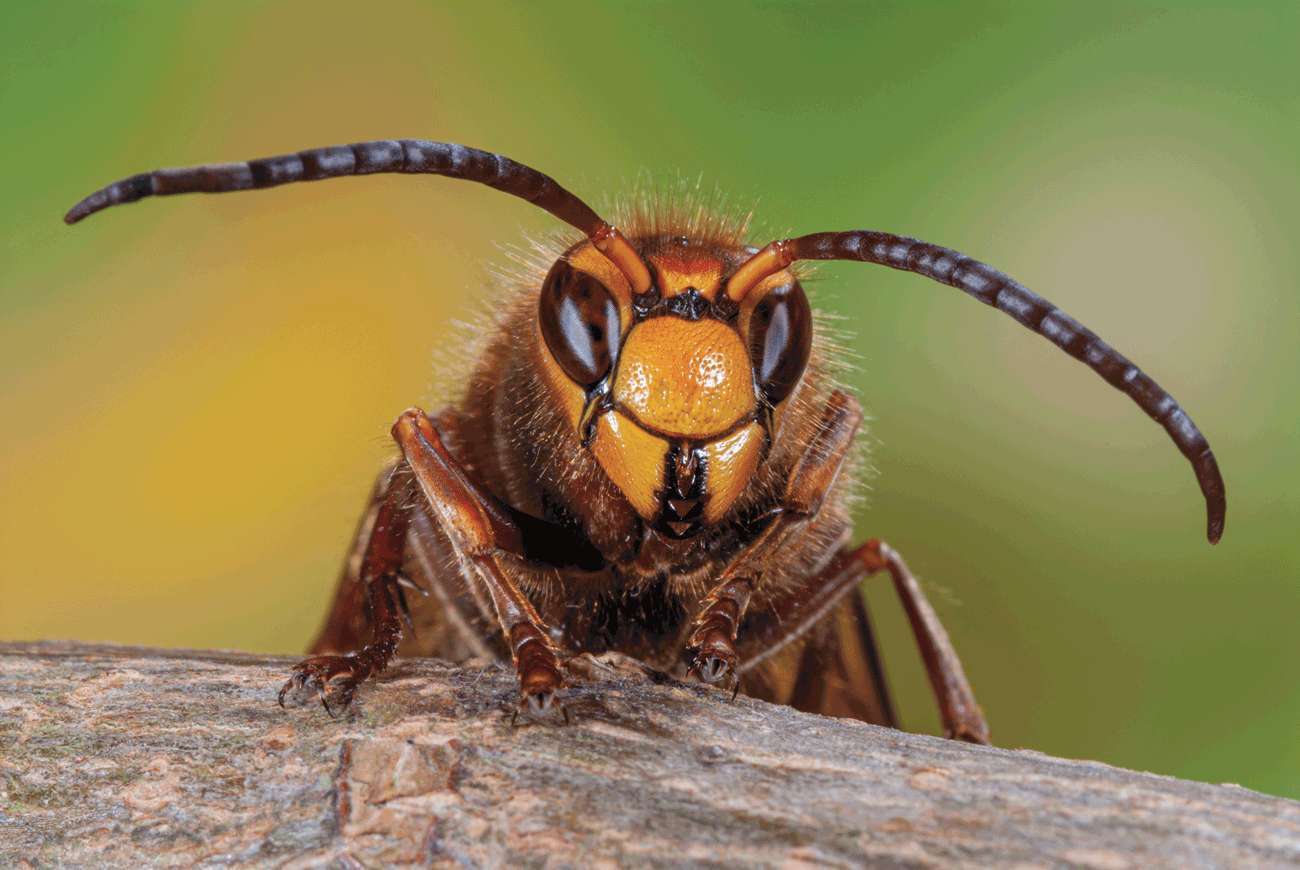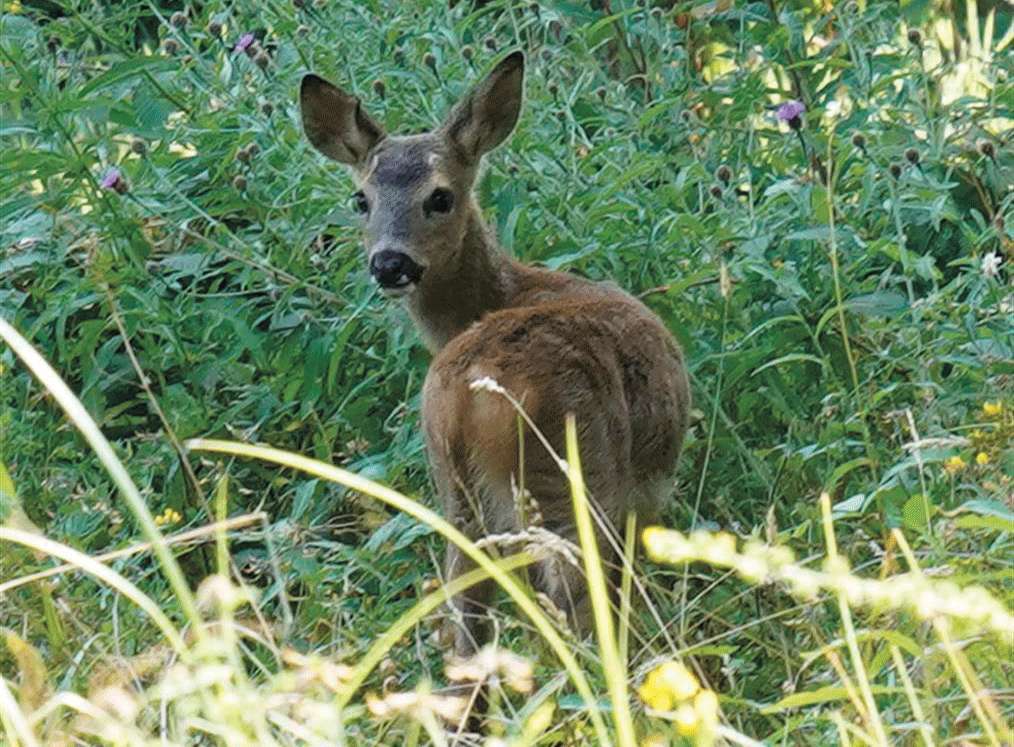
It is very pleasant to sit on a bench by the Centenary Gardens early in the morning and watch the rabbits. I find them appealing animals and despite the fact that they are nibbling the herbaceous plants and worse, the trees, I feel that they have a place in the cycle of things. This is probably due to my early love of Beatrix Potter’s Peter Rabbit.
Plants and animals introduced intentionally but which settle and maintain themselves without further intervention like the rabbit, pheasant, sweet chestnut, and Oxford ragwort are said to be naturalised.
The rabbit was possibly introduced in the 12th century – principally for food and originally warrens were built and located on small islands; the expansionist habits of the creature being well known. Later, monasteries kept rabbits on a large scale in purpose built warrens. English place names which include ‘warren’ or ‘coney’ – the old name for rabbit – are very widespread. From being a delicacy which needed special care – the rabbit toughened up and escaped into the wild. By the 18th century, rabbits were seen as a real pest and a plague.
In 1953 a virulent disease of rabbits reached these shores from France. The virus originated in a laboratory in Uruguay in 1896 and was deadly. The disease is called myxomitosis and it appears that it was introduced intentionally. Within two years 99% of the wild rabbit population in this country was either dead or dying miserably. Many people were delighted – including farmers and foresters. Others were horrified at this indiscriminate rabbit extermination programme, including people who relied on rabbit meat as part of their diet – it was the early 1950s, after all, and there were still food shortages. Hatters and furriers lost one of their main furs. Rabbits are prey animals and the virus also killed their predators. The lynx in Europe suffered catastrophically, being totally dependent on rabbit in its diet.

Photo © Barnaby Bamford
It took some time before further consequences were discerned. Although rabbits are destructive, they have also helped to shape our landscape – in particular, heaths. Heathlands are an ancient and beautiful part of our natural heritage. Most heaths were common land and a symbol of freedom for ordinary folk. These spaces remained open and relatively treeless because of grazing – the rabbit greatly contributing by nibbling tree seedlings. In the 1790s Surrey was 20% heath and 4% woodland. Fifty years ago the OS survey found that this was down to 3.2% heath and 15.6% woodland. Something had changed in land management. Enclosures for increased agriculture or woodland meant, among other things that the rabbit was suddenly regarded as a serious pest, which led to the 1953 extermination programme.
Rabbits are in our stories and our myths. They are symbols of fertility, life, renewal and good fortune. If you chanted “Rabbit, rabbit” before saying anything else on the first of the month, good luck would be with you for 30 days. And if in doubt, you could also carry a rabbit’s foot. Pregnant rabbits have the extraordinary ability to ‘re-absorb’ or abort their foetuses in times of perceived danger or famine.
One of the oddest stories about rabbits concerns the “Rabbit Woman”. In 1726 news reached the court of George I that a woman in Godalming was able to give birth to rabbits – and many witnessed this including doctors and surgeons. Her name was Mary Toft (1701 – 1763). Her fame spread rapidly and she was taken to London for a full examination by the court doctors. At this point, she produced no more rabbits and was eventually sent to prison for fraud. The case had huge repercussions and ruined the careers of several surgeons who had vouched for her. William Hogarth, the political satirist, produced a number of illustrations of the case to mock the credulity of the medical professions. If you want to read more, look up the story on Wikipedia. It is hard now to understand quite why Mary Toft and her rabbits caused such a sensation –it is perhaps a rather extreme illustration of the human interest and delight in ‘wild wonders’ – the odder and more freakish, the better.
Our Open Day at Beryl Harvey Field in June was a success. We had visitors who were exploring our conservation site for the first time and we were able to show what we were doing. Our orchids had started to flower. There were games for the children – and quiet places to sit and take in the view.






